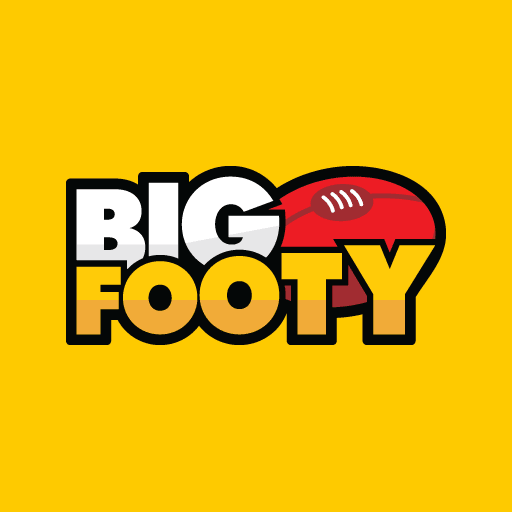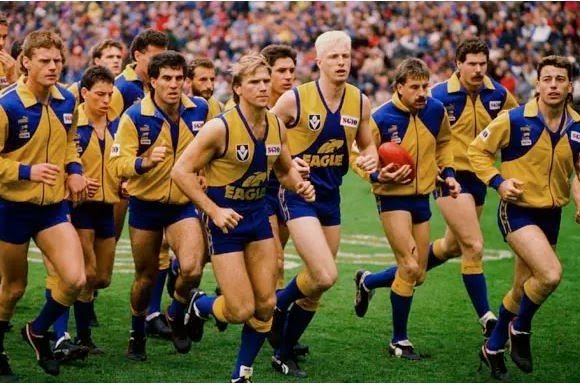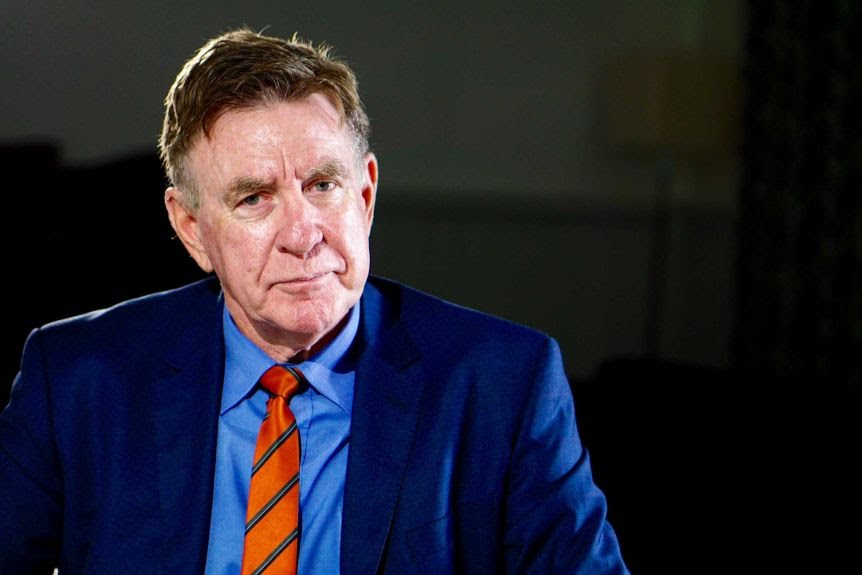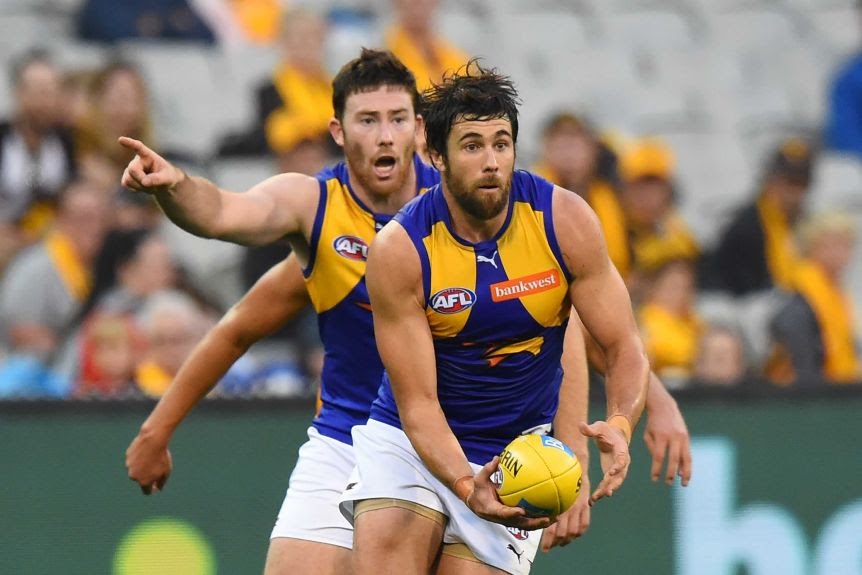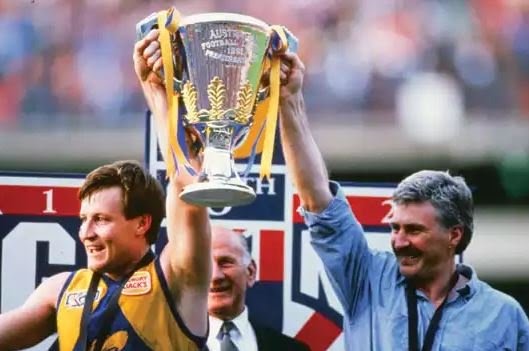When you have all the teams borrowing money to try buy a gf but only one of them can win each year....I think you've confused a ponzi scheme and a pyramid scheme, they are quite distinct.
Even so I don't see how the old vfl model fits a pyramid scheme either.
Ponzi vs: Pyramid Scheme: An Overview
Pyramid schemes and Ponzi schemes have many similar characteristics based around the same concept: unsuspecting individuals get fooled by unscrupulous investors who promise them extraordinary returns in exchange for their money. However, in contrast to a regular investment, these types of schemes can offer consistent "profits" only as long as the number of investors continues to increase. Once the number tapers off, so does the money.
Ponzi and pyramid schemes are self-sustaining as long as cash outflows can be matched by monetary inflows. The basic differences arise in the type of products that schemers offer their clients and the structure of the two ploys, but both can be devastating if broken down.>>>




